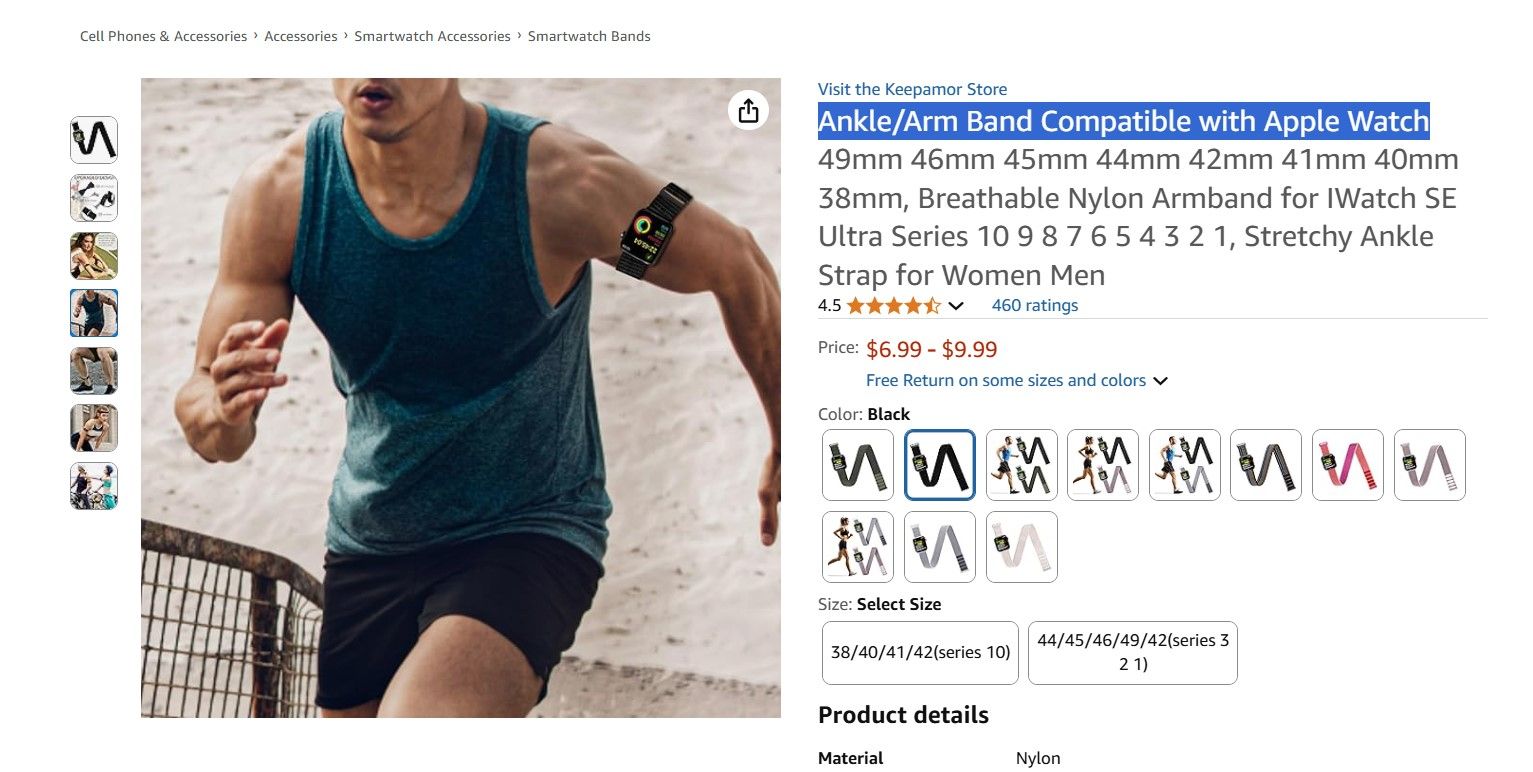Spotted someone at the grocery store strapping an Apple Watch around their ankle? No, your eyes weren’t playing tricks on you. What began as a quirky fitness workaround has quietly snowballed into a bit of a trend, with folks starting to question the whole “wrist-only” rule for smartwatches.
But as creative as it looks, there’s still one big question lingering. Is this ankle move actually practical, or just another oddball twist in the land of wearables?
The Ankle Apple Watch Movement Is Gaining Serious Momentum
Type in “ankle apple watch” on TikTok or Instagram, scroll long enough, and you’ll fall into a rabbit hole of people proudly rocking their watches below the knee. From fitness enthusiasts, remote or office workers with treadmill desks, and even new parents pushing strollers, everyone’s got their reason for moving the watch to the ankle.
The rationale behind parents adapting to this trend is understandable to a large extent. When both hands are busy steering a stroller, wrist-worn watches often miss steps entirely. Arm swing is not going to count as movement. But strapped to the ankle, every step counts.
The same goes for the gym crowd. The Apple Watch is likely to struggle during drills like StairMaster climbs or rowing sessions, where the arms aren’t flailing like they would on a run. On the ankle, the watch “gets it,” the movement lines up with effort, and the stats finally reflect how hard you’re actually working.
And for folks walking on treadmill desks while working on their laptops, many of them say wrist tracking tends to undercount steps. The ankle placement picks up the steady rhythm of walking while their hands are glued to the keyboard.
It might sound and look a little weird at first, but it makes a strange kind of sense, and the community around it is growing fast, one ankle at a time. In fact, accessory makers are starting to notice, too. A quick dig through Etsy or Amazon turns up a handful of third-party straps made specifically for this exact setup, like this one.
Apple’s Sensors Weren’t Built for Your Ankle
Maybe by now you’re thinking, “why didn’t I think of this sooner?” And honestly, that’s a good question. Wearing your Apple Watch on your ankle does sound like a low-key genius move. But (and it’s a big but) there’s one slightly inconvenient truth: Apple never intended its sensors to hang out down there.
The optical heart rate sensor, for example, runs on something called photoplethysmography (sorry, it’s a mouthful). Basically, it shines light through your skin into its microvascular bed and watches how the light bounces back to track blood flow with each heartbeat. It works great on the wrist because the skin’s relatively thin, blood flow is steady, and there’s usually not too much hair getting in the way.
Ankles, however, present a whole different landscape. Skin thickness varies, the anatomy and movement patterns differ significantly, and blood flow doesn’t behave quite the same as it does up top. This can lead to inconsistent or inaccurate heart rate readings, particularly during high-intensity workouts, where precision matters most. The same is true of blood oxygen and calorie estimates, which are tied to heart rate.
But it’s not just the health sensors that get moody. The moment you strap your watch down south, a bunch of core Apple Watch features go straight out the window. You are unlikely to use Raise to Wake unless you’re planning on dramatically lifting your leg every time you want to check the time. Good luck ninja-kicking your way through a checkout line with Apple Pay. Wrist Detection, which is supposed to keep your watch unlocked and humming along, might just decide you’re a stranger and lock up completely unless you turn it off manually, which kind of defeats the point.
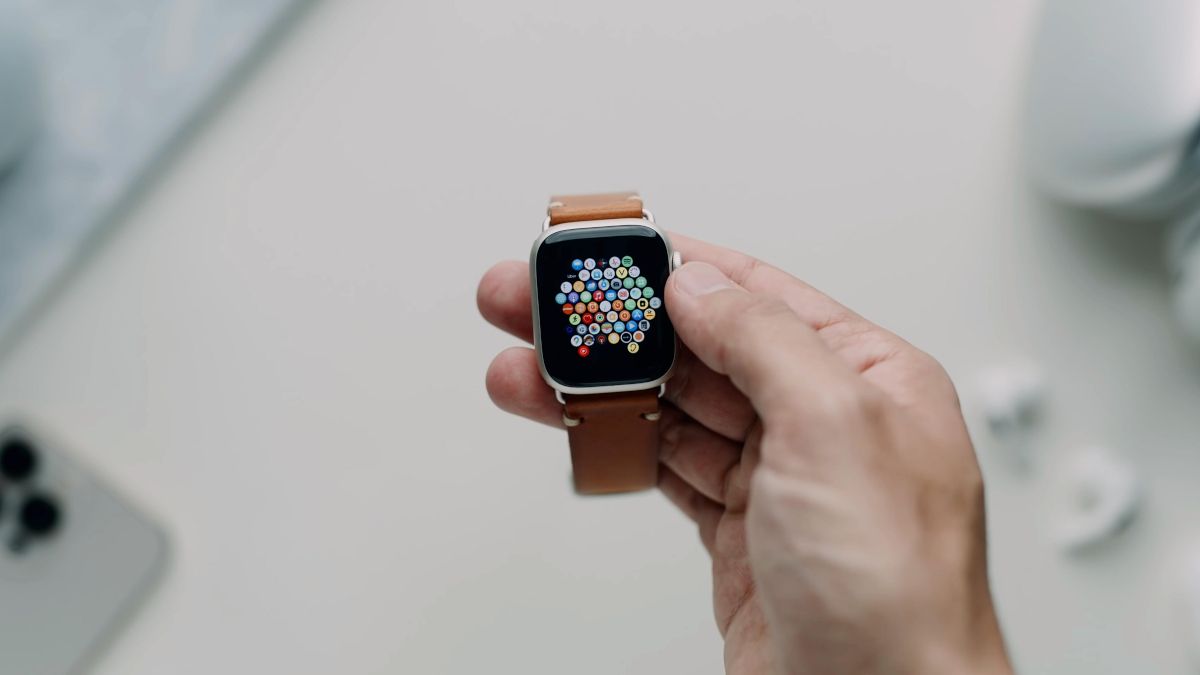
Related
12 Tips to Make the Most of Your New Apple Watch
Just got your first Apple Watch? Here’s a list of features to configure and experiment with right away.
Ankle Placement Also Poses Physical and Practical Challenges
Unlike the relatively protected position on your wrist, wearing your Apple Watch on your ankle puts it right in harm’s way. It sits much closer to the potential clash with shopping cart wheels, pet encounters, and the general chaos that happens below knee level.
Weather exposure is a bigger concern, too. Rain, puddles, and ground splash that your wrist would never encounter suddenly become daily risks for your ankle-worn device. While Apple Watches are water-resistant, they weren’t designed for the sustained moisture exposure that ankle placement can create, especially during outdoor activities.
Still, even with all these not-so-glamorous side effects, some people persist in wearing the Watch ankle-style. They’ve got bigger fish to fry than worrying about their watch’s well-being.
For Some People, the Ankle Just Makes More Sense
Medical professionals, for instance, often can’t wear anything on their wrists in sterile environments. The same goes for other professionals, like chefs, who frequently wash their hands and forearms, lab technicians working with electromagnetic fields or hazardous materials, or factory workers having their hands buried in thick gloves all day. These are some of the people who might find ankle placement far more convenient or even necessary.
There’s also something to be said for people with wrist tattoos or skin conditions who may struggle with poor sensor contact, which can throw off heart rate readings entirely. Perhaps those with the most compelling reasons are those with physical limitations like arthritis, carpal tunnel syndrome, sensory issues, or who use prosthetics.
For them, wearing a watch on the wrist can be uncomfortable, unreliable, or flat-out impossible. In these cases, wearing their Apple Watches on their ankle may be a workaround that actually makes a difference.
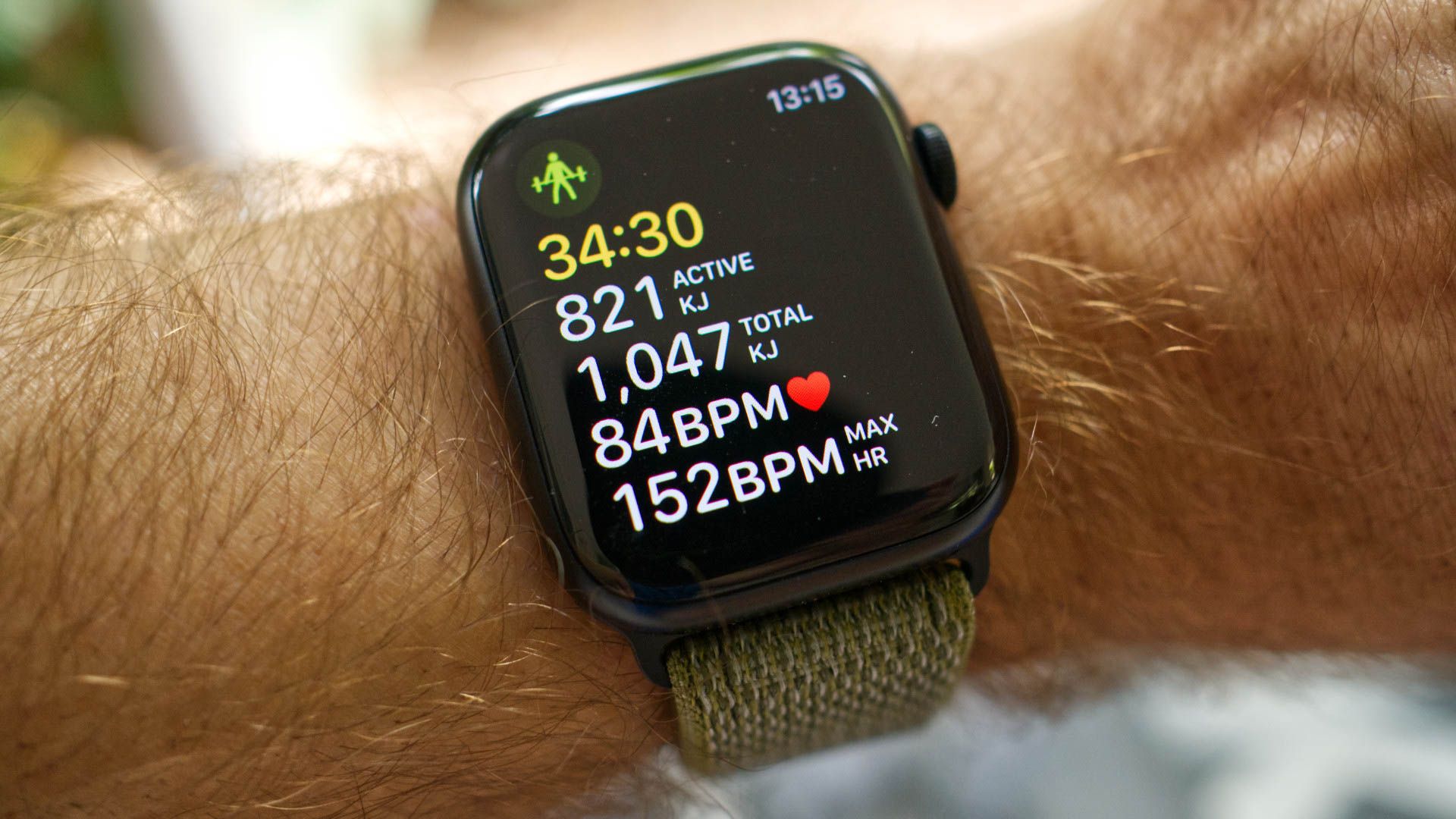
Related
9 Ways the Apple Watch Could Save Your Life
The Apple Watch isn’t just an iPhone for your wrist, it could really help you out too.
This Fad Could Spark New Accessibility Features
If Apple’s watching closely, this trend could push it to rethink how the Apple Watch interacts with different parts of the body and open the door to new accessibility features in the process. The sensors already packed into the Watch, like accelerometers, gyroscopes, and GPS, could be recalibrated to interpret step patterns, gait data, or even ankle-based taps as intentional inputs. Instead of relying on wrist flicks to activate Siri or answer calls, ankle-specific gestures (maybe a quick foot tap or ankle wiggle) could be mapped as alternative controls.
This shift wouldn’t just help folks with limited upper-body mobility but could broaden accessibility across the board. For instance, pairing an ankle-worn Watch with haptic feedback might help a visually impaired user navigate more effectively, with vibrations that signal when to turn or warn of nearby obstacles. Or someone recovering from surgery or a stroke could have their physical therapist track rehab progress from afar, using motion data beamed straight from their foot.

Related
What Health Conditions Can an Apple Watch Detect?
The Apple Watch can effectively detect and monitor a few health conditions, but there are some caveats.
Even simple changes, like a “non-wrist mode” in watchOS, could make a difference. That might turn off wrist detection without compromising core functionality, or allow step count and exercise rings to remain accurate even when worn lower on the body.
Does Wearing an Apple Watch on Your Ankle Make Sense?
For some people, this makes sense. If you’re a new parent juggling a tiny human around the clock, someone typing away on a treadmill desk, or in a job—or health situation—that makes wrist-wear impossible or undesirable, strapping the Apple Watch to your ankle is practical. Maybe even brilliant.
However, if you’re a more typical user who relies on wrist detection for heart rate accuracy, taps Apple Pay on the go, or uses Raise to Wake every five minutes, the ankle setup might feel like more of a hassle than it’s worth. Some features just aren’t built for below-the-knee living.
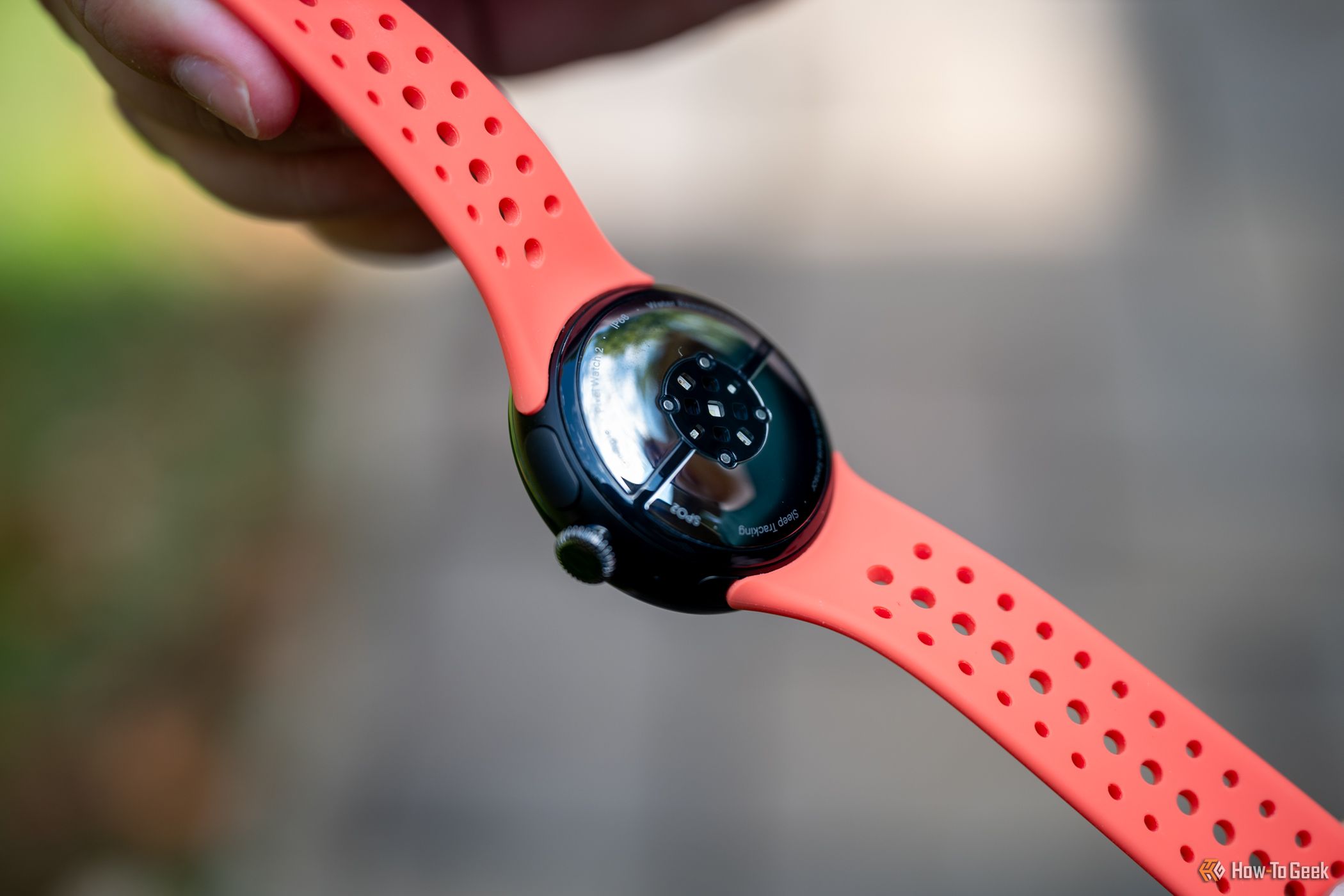
Related
Are You Wearing Your Smartwatch Correctly?
Your smartwatch can become dumb if you wear it incorrectly.
Still, I kind of love this oddball trend. It’s a scrappy, imperfect workaround that actually shows how adaptable people can be. And hey, if Apple’s watching, maybe this is the nudge they need to design wearables that don’t assume everyone’s strapping them to the same spot. Who knows—maybe the Apple Ankle Monitor isn’t such a ridiculous idea after all.
-
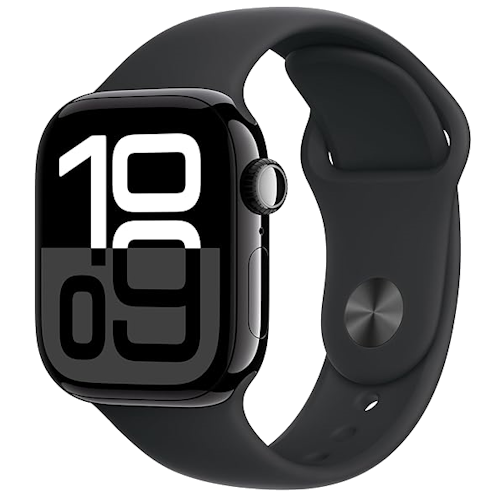
- Brand
-
Apple
- Heart Rate Monitor
-
Yes
Discover the Apple Watch Series 10, the thinnest and most advanced Apple wearable yet. Featuring a vibrant wide-angle OLED display, sleep apnea detection, and enhanced fitness tracking, it supports new water sports apps like Depth and Tides. Powered by the S10 chip, it delivers seamless performance and fast charging.
-
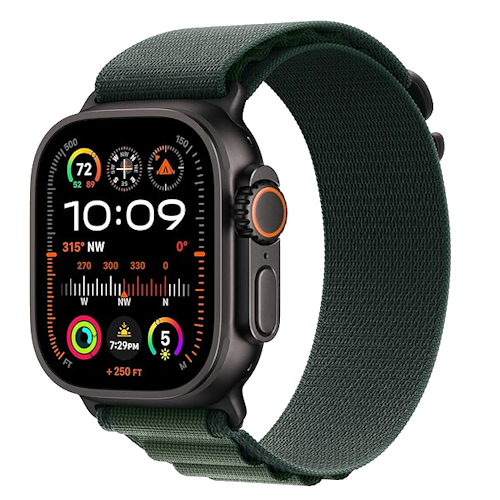
- Heart Rate Monitor
-
Yes
- Battery Life
-
36 hours rated, up to 72 hours
The most rugged and capable Apple Watch pushes the limits again. The Ultra 2 features the all-new S9 SiP, a magical new way to use your watch without touching the screen, and the brightest Apple display ever.

